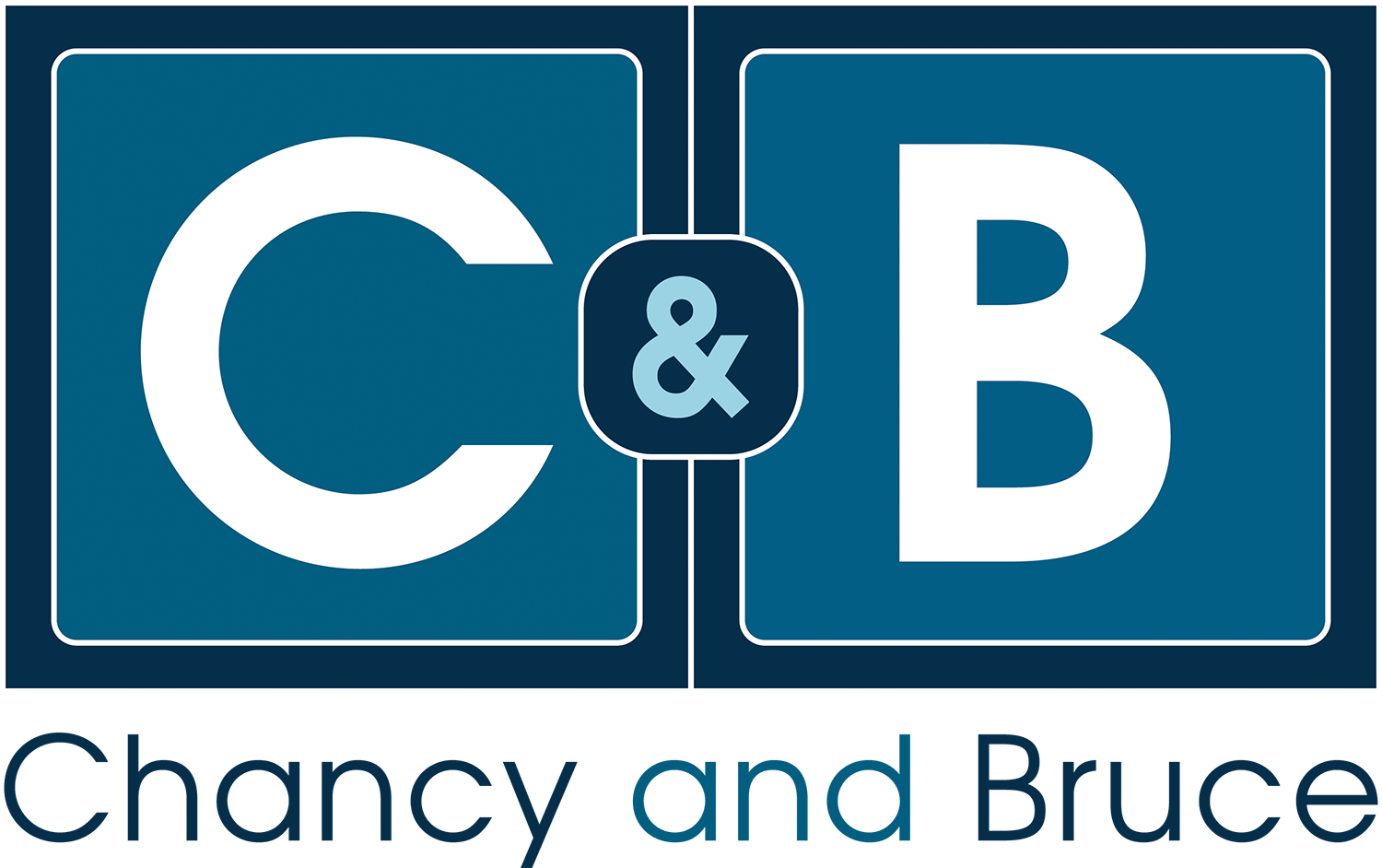Developmental Kindergarten Curriculum
Our Developmental Kindergarten (DK) Curriculum is designed to meet the unique needs of young learners, providing them with a hands-on, engaging, and structured approach to early education.
Rooted in decades of research and experience, our curriculum is tailored for students who may benefit from an extra year before entering a traditional kindergarten program. It’s more than just academics; it’s about fostering confidence, emotional maturity, and essential readiness skills.
Developmental Kindergarten Curriculum
The Chancy and Bruce Developmental Kindergarten Curriculum is designed to support young learners in key developmental areas, ensuring they are prepared for the next step in their education. Our program focuses on:
-
Building confidence, independence, and classroom readiness.
-
Strengthening verbal skills, pre-reading abilities, and comprehension.
-
Developing number sense, patterns, and problem-solving.
-
Encouraging writing readiness and physical coordination.
-
Enhancing critical thinking and learning strategies.
Through multi-sensory, hands-on learning experiences,
children are given the gift of time to develop skills at their own pace, creating a strong foundation for success in kindergarten and beyond.
What Grades It Serves
The curriculum is designed for:
Developmental Kindergarten (DK) – Students who would benefit from an extra year before traditional kindergarten.
Transitional Kindergarten (TK) – Schools and programs that offer a bridge year between preschool and kindergarten.
Pre-K & Early Learning Centers – Programs looking to provide a structured yet flexible curriculum for young learners.
What’s Included in the Curriculum?
Our comprehensive Developmental Kindergarten Curriculum includes everything educators need to create a structured, engaging, and developmentally appropriate learning experience:
Teacher’s Edition (TE) – A fully guided, easy-to-use manual for educators, complete with lesson plans and instructional strategies.
Student Activity Book – Engaging, hands-on activities designed to reinforce key concepts.
Teacher Resources – Assessment tools, extension activities, and differentiated instruction strategies.
Educational Products – Manipulatives, visuals, and materials that bring lessons to life.
Visuals – High-quality, engaging images and charts to support learning and enhance comprehension.
Monthly Newsletter Template – A simple way to update parents on students' learning pathways each month.
Types of Training to Support the Curriculum
To ensure successful implementation, we offer professional development and training options, including:
✔️ In-Person Workshops – Hands-on training sessions for educators.
✔️ Virtual Training – Live online sessions for flexible learning.
✔️ On-Demand Video Resources – Access anytime for ongoing support.
✔️ Consultations & Coaching – Personalized guidance to meet your program’s needs.
The DK Curriculum is a dynamic, play-based program for 4- to 5-year-olds, blending hands-on learning with structured academics to build confidence, curiosity, and a strong foundation for lifelong success.

How to Use the DK Curriculum
A Seamless, Research-Based Approach
to Early Learning
Lesson Structure: A Balanced Daily Approach
Each weekly lesson plan is structured to provide targeted learning experiences while maintaining an engaging, play-based environment.
Time Breakdown Per Lesson
Academic Lessons: 15–20 minutes
Social-Emotional Lessons: 20–30 minutes
Other Developmental Pathways: 10–15 minutes
📌 Lessons are flexible and can be adjusted based on class size, teaching style, and student engagement.
How to Implement in Your Classroom
Step 1: Understanding the Curriculum
📌 Each lesson plan follows a clear structure:
Lesson Title & Theme – Defines the focus for the day.
Focus Pathway – Each unit highlights a core developmental area.
Lesson Question – Guides student understanding and discussion.
Discussion Prompts – Pre-written prompts help teachers engage students effectively.
Activity Type – Indicates whether the lesson is individual, small group, or whole class.
Milestone Goal – Tracks student progress throughout the program.
🎯 Tip: Lessons rotate daily to ensure all 10 critical pathways are covered weekly.
Step 2: Preparing for Lessons
✔ Gather Supplies – All necessary materials are listed at the start of each lesson.
✔ Use Color-Coding – Each developmental pathway is color-coded for quick identification.
✔ Organize Your Materials – Store lesson visuals and activity sheets in color-coded bins for easy access.
✔ Laminating Reusable Materials – Extend the durability of frequently used worksheets and visuals.
🎯 Tip: Use a sticky note or clip to mark your place in the Teacher Resources and Student Activity Book for quick navigation.
Step 3: Engaging Students in the Learning Process
💡 Hands-on Learning Activities – The DK curriculum focuses on interactive, play-based learning that encourages engagement.
💡 Small Group & Whole-Class Work – Lessons integrate multiple student arrangements to promote collaboration and independent thinking.
💡 Consistent Skill Reinforcement – Students build on previous lessons through structured repetition, helping transition knowledge from short-term to long-term memory.
🎯 Tip: Use visual aids and movement-based activities to reinforce learning and keep students actively engaged.
Step 4: Assessing Student Growth
✅ Use the Built-in Observation Tracker – Monitor student progress across all 10 developmental pathways.
✅ Track Milestones – Assess social-emotional growth, academic development, and fine/gross motor skills.
✅ Provide Individualized Support – Use assessment results to adjust instruction based on student needs.
🎯 Tip: The DK curriculum ensures each student progresses at their own pace while building a strong foundation for kindergarten readiness.
Download A Sample Curriculum
How Much Does It Cost?
Pricing varies based on the package and materials selected.
Contact us for detailed pricing and to find the best option for your program.
Your All-in-One Solution for Early Learning
The Developmental Kindergarten (DK) Curriculum is more than a program—it's a structured, research-based system designed to support educators and empower students.
📖 Key Benefits:
✔ Turnkey “School-in-a-Box” Solution – Everything needed for easy implementation.
✔ Built-In Assessments & Tracking Tools – Monitor student growth with ease.
✔ Comprehensive Approach – Covers academic, social-emotional, and motor skills in one integrated program.
✔ Minimal Prep, Maximum Impact – Ready-to-use lesson plans allow teachers to focus on instruction rather than planning.




